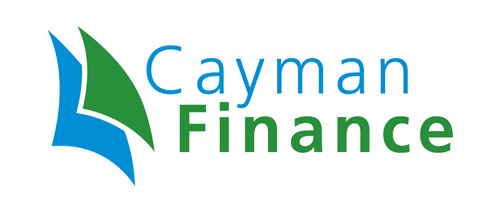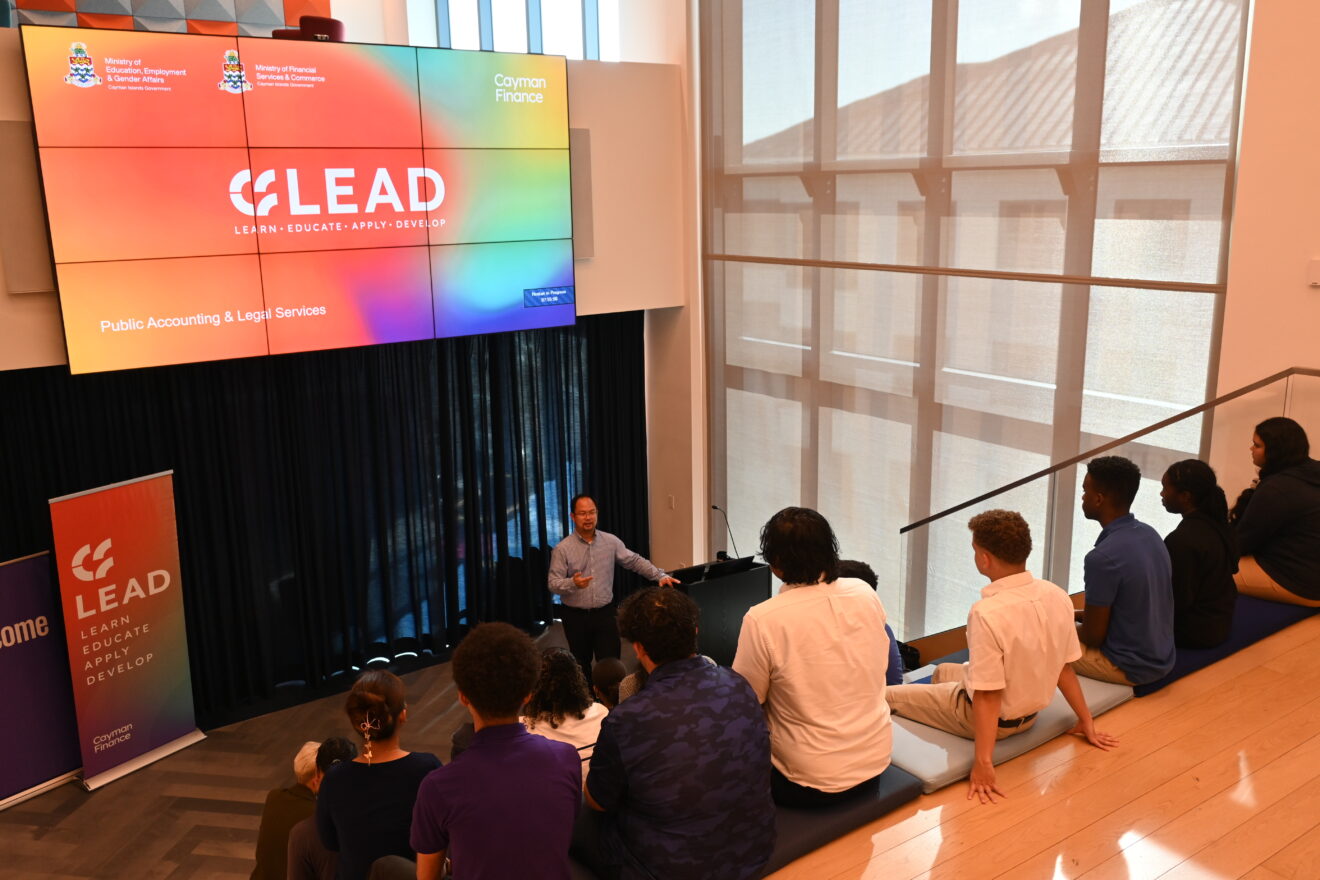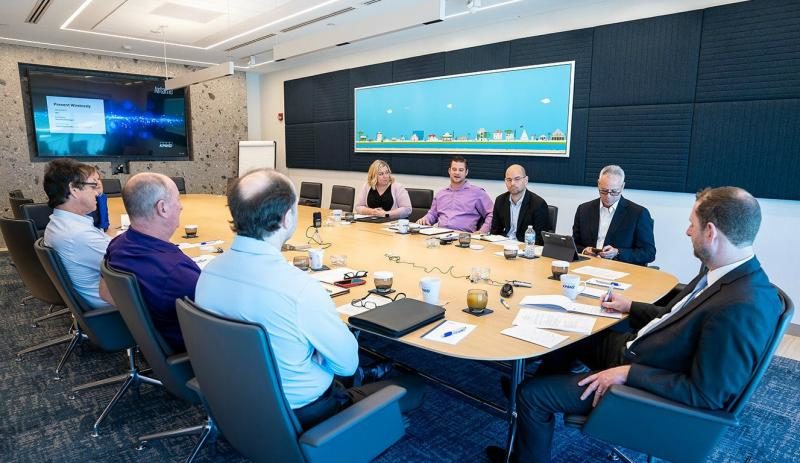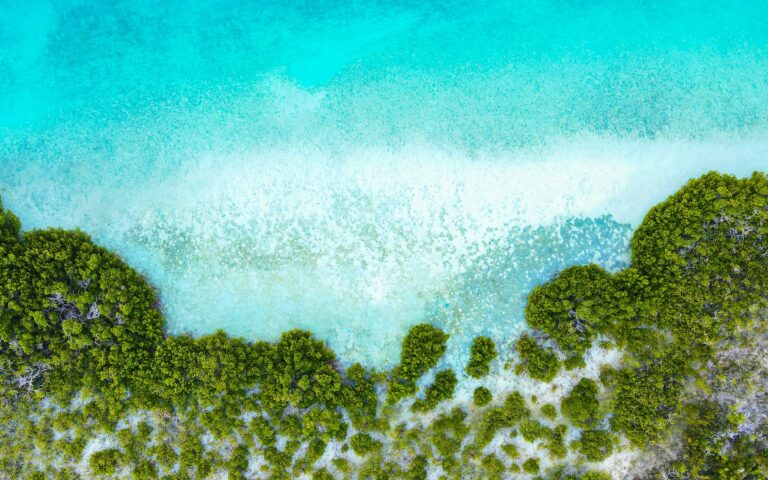
Capital-seeking-impact meets impact-seeking-capital
From climate action and ecosystem conservation, to housing and healthcare, innovative finance could further boost private sector investment in sustainable development.
In November 2023, the government of Fiji issued their first ever sovereign blue bond[1]. The inaugural FJ$20 million (US$8.7 million) blue bond was reported to be oversubscribed by three times the issuance amount[2]. As a counter to a traditional bond issuance, Fiji’s blue bond specifically aims to generate private sector funding for transformative ocean projects, with a focus on conserving and protecting Fiji’s vital marine ecosystem. This innovative financing instrument demonstrates that generating risk-adjusted financial returns and enabling nature conservation are not mutually exclusive goals.
Similarly, the Barbados and Belize blue bonds[3] stand out as two regional examples closer to home in the Caribbean. In early 2024, Latinex, the Latin American Stock Exchange, also announced plans for a regional blue bond[4], heralded as the first to embrace the Caribbean and Central America jointly.
Blue bonds are the youngest branch of a flourishing ecosystem of innovative finance instruments and approaches that support sustainable development while crowding-in much needed private capital. Other examples to illustrate the versatility and potential of the opportunity include a wildlife conservation bond to protect black rhinos and support local communities[5], a Mexican coral reef that was the first natural structure to be insured against damage[6], a social bond in Trinidad and Tobago focused on mortgages for people with low and middle incomes[7], and a child-lens investor framework developed by UNICEF[8].
Yet, as with any frontier of innovation, not everything succeeds or succeeds immediately. The New York Stock Exchange has just withdrawn from a proposal to create a new asset class, namely natural asset companies (NACs), focused on listings that hold the rights to ecosystem services, such as biodiversity, clean water, or carbon sequestration by sea grass or mangroves[9]. Proceeds of the public offering would be deployed to enhance the natural benefits, and the investment would appreciate as environmental benefits improve, and demand for natural assets increases. Nevertheless, opponents have raised concerns – for example, about the risk of foreign entities buying up natural assets or the wealthy enriching themselves without a reliable commitment to deliver on the environmental upside[10].
Despite these hurdles, the allure of innovative finance as a tool for bridging the sustainable development funding gap remains undeniable. With estimates pegging this gap at US$ 2.5 – 3 trillion per year[11], the need for new approaches to access and crowd-in private capital has never been more urgent, particularly for Small Islands Development States (SIDS).
The approach taken by SIDS to unlock further capital will have to be unique to the islands’ character and would benefit from considering the following aspects:
- Firstly, governments would have to establish a sustainable finance strategy or approach which also articulates the role of private capital, as was recommended in a KPMG survey by 88% of participants – comprised of decision makers at 24 large institutional investors and pension plans together managing US$28.7 trillion in assets[12].
- Secondly, the international financial centers amongst the small island economies could play a critical role in attracting and facilitating capital for sustainable development due to their proximity to the global capital markets.
- Finally, to scale investments into the SIDS, it would be beneficial to advance the development and deployment of innovative finance solutions similar to some of the examples mentioned above.
From climate action and ecosystem conservation, to housing and healthcare, innovative finance could further boost private sector investment in sustainable development. By fostering an ecosystem where capital-seeking-impact converges with impact-seeking-capital, our small island economies can chart a course towards a more sustainable and resilient future, one investment at a time.
[1] UNDP (November 2023). Launch of Fiji’s first-ever Sovereign Blue Bond.
[2] Fiji’s sovereign blue bond oversubscribed – The Fiji Times
[4] Global Finance (2024). Panama: LATINEX To Launch Regional Blue Bond.
[6] A Race Against Time to Rescue a Reef From Climate Change – The New York Times (nytimes.com)
[8] Child-Lens Investing Framework | UNICEF Office of Innovation
[9] NYSE pulls plan for environmentally sustainable asset class | Reuters
[10] Nature Has Value. Could We Literally Invest in It? – The New York Times (nytimes.com)
[11] UNSDG (2024). Finance and Funding.
[12] Net zero readiness spotlight: Islands – KPMG Global
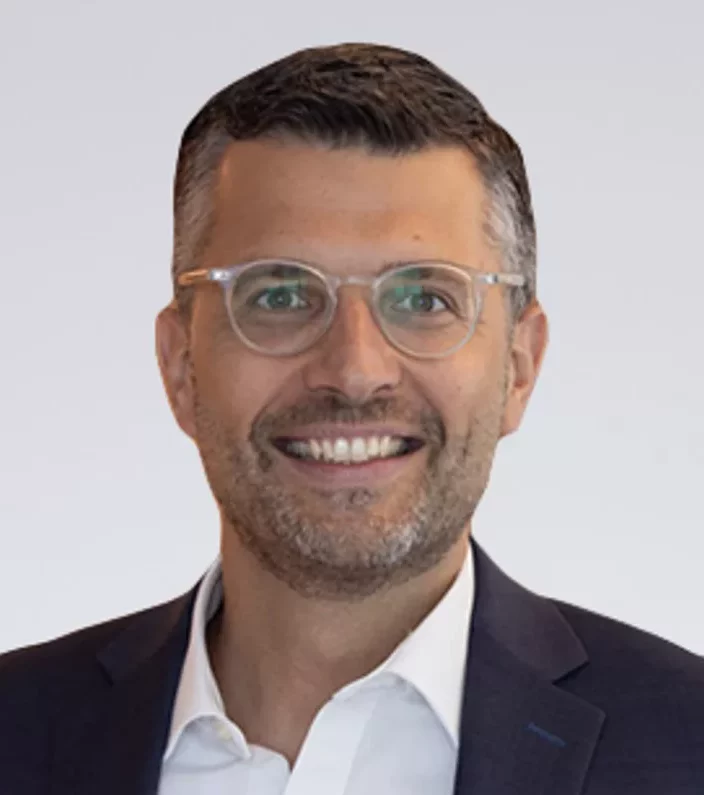
Arnaud van Dijk is a Partner at KPMG, specialised in corporate sustainability and sustainable finance.
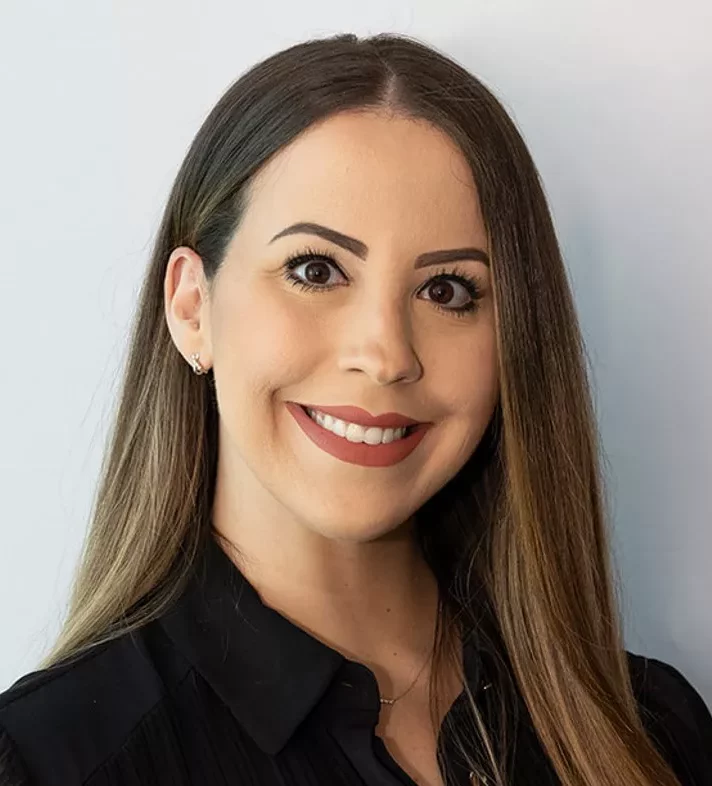
Staci Scott is a Director in ESG for KPMG Islands Group, and has over 10 years’ experience working in the asset management industry in the Cayman Islands and the USA.
